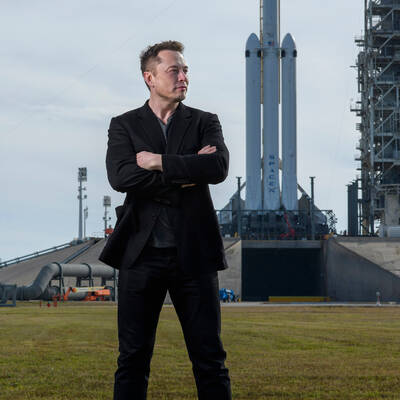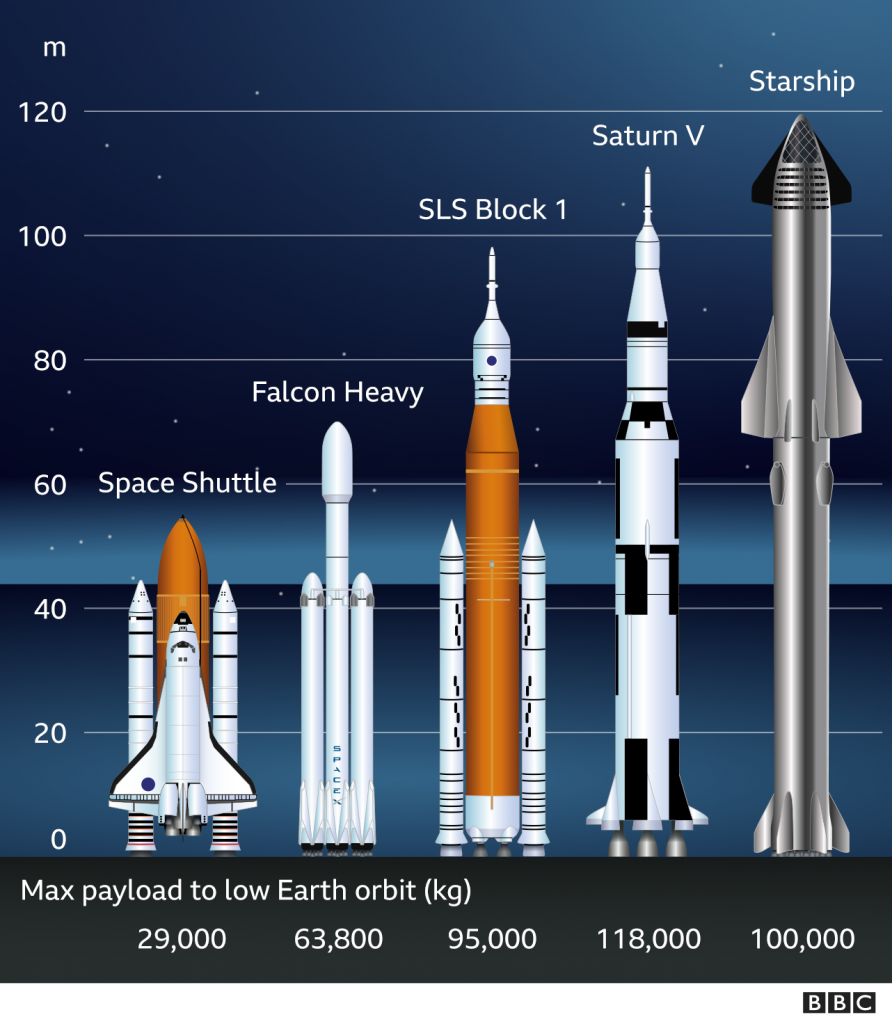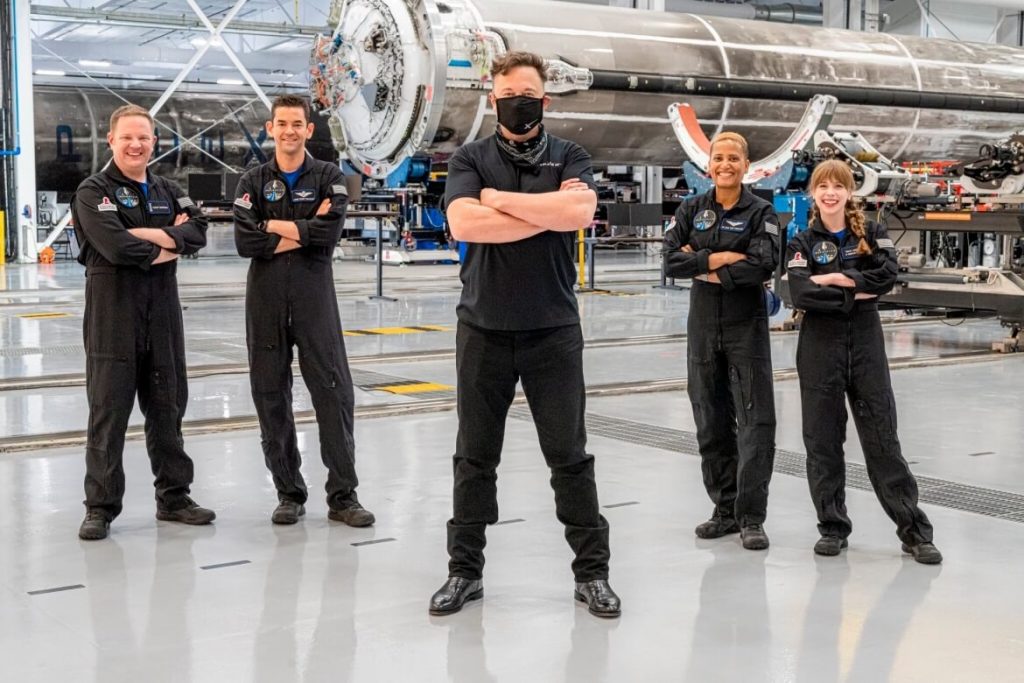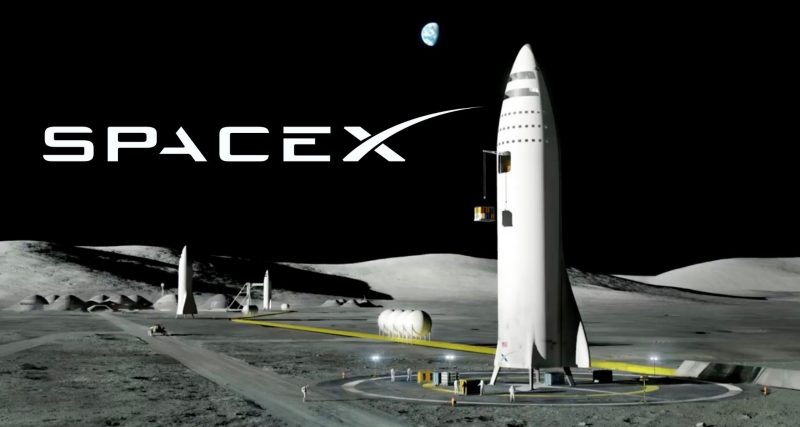Government agencies used to partner with huge aerospace firms to launch goods into space. That is no longer the case. Startup companies have demonstrated over the last two decades that they can compete with, and in some cases outperform, their larger rivals.
SpaceX, the Hawthorne, California-based business that lands its leftover rocket rockets to create sights right out of science fiction, is the best illustration of this.
Don’t worry if you’re losing track of SpaceX’s aspirations to replace international airline flights with orbital rocket rides, build a global broadband network, and produce a Mars rocket. This SpaceX primer has been developed to help you get up to speed quickly.
ADVERTISEMENT
“I think fundamentally the future is vastly more exciting and interesting if we’re a spacefaring civilization and a multiplanet species than if we’re or not. You want to be inspired by things. You want to wake up in the morning and think the future is going to be great. And that’s what being a spacefaring civilization is all about.”
Elon Musk – Referred from Elonmusknews.org
SpaceX Foundation and Elon Musk’s Vision
Elon Musk’s rocket firm, SpaceX, was founded with the vision of sending humans to Mars. It’s been over two decades since it launched NASA humans into orbit, and it’s achieved a slew of other milestones along the way. From launching the first liquid-fueled rocket into orbit to sending a car into space, SpaceX has broken a slew of celestial records. Musk aspires to build a greenhouse on Mars with seeds and nutrition gel at the turn of the millennium, basically establishing life there.

Since 2008, when SpaceX—founded by serial entrepreneur Elon Musk—became the first privately funded enterprise to place a payload in Earth orbit, the business has been racking up victories. In 2012, it became the first private firm to deploy a cargo ship to the International Space Station. The company has grown substantially throughout its existence, from 160 people in November 2005 to about 7,000 in November 2019.
ADVERTISEMENT
On May 30, 2020, the firm launched two humans to the International Space Station (ISS) onboard the SpaceX Crew Dragon, followed by the successful launch of four astronauts on November 15, 2020. It is the only commercial spaceflight enterprise capable of sending astronauts to space in early 2021; however, Boeing’s CST-100 Starliner may soon pose a threat.
Rocket launches of Falcon 9, Falcon Heavy, Dragon 2 Crew Mission
With NASA’s Space Shuttle program ending in 2006, SpaceX was awarded a contract to build and demonstrate a resupply system for the International Space Station.
Musk had wanted to reach Mars by 2010, but it took six years merely to put one rocket into orbit. On September 28, 2008, a SpaceX Falcon 1, the first privately funded liquid-fueled rocket, orbited Earth for the first time. This opened the way for the Falcon 9, its workhorse since its first launch in 2010. Two years later, it became the first corporation to launch, orbit, and retrieve a partially reusable spaceship, the Dragon.
ADVERTISEMENT
SpaceX’s Dragon spacecraft has delivered supplies to the International Space Station. On May 31, 2020, the Crew Dragon made history by being the first commercial spacecraft to deliver Bob Behnken and Doug Hurley astronauts to the ISS. The Dragon was also the first commercial spacecraft to be retrieved after being launched into orbit.
Crew Dragon’s first flight with humans on board was a success. Hurley and Behnken returned to Earth on the Dragon a few months later, and in November 2020, another party of four astronauts, including one from Japan’s JAXA, flew to orbit on a Crew Dragon for the second time.
In February of 2021, SpaceX launched the Deep Space Climate Observatory (DSCOVR), a deep space weather satellite that was the company’s first launch outside of Earth’s orbit. In 2023, SpaceX plans to fly a payload to the moon using its larger Falcon Heavy launch vehicle. NASA’s VIPER, or Volatiles Investigating Polar Exploration Rover, will be carried by a lander built by space company Astrobotic.
Future vision with Starship for Project Artemis and Mars Missions
SpaceX is almost ready to begin creating a permanent human settlement on Mars with its gigantic Starship rocket.
Elon Musk, the creator and CEO of SpaceX, announced at the International Mars Society Convention on October 16, 2021, that the private spaceflight business is on track to fly its first uncrewed mission to Mars in as little as four years. In July of 2021, NASA, China, and the United Arab Emirates launched missions to Mars. The following window opens in 2022, with Musk mentioning a Mars launch potential in 2024.

The mission will take off from SpaceX’s South Texas site on a SpaceX Starship vehicle, a reusable rocket-and-spacecraft combination currently in development.
The current Artemis plan is for astronauts to launch on NASA’s Space Launch System (SLS) rocket, fly to lunar orbit aboard NASA’s Orion space capsule, and then transfer to SpaceX’s Starship rocket for the final fall to the surface. The futuristic-looking vehicle is still a prototype.
NASA said that SpaceX would build the vehicle to land astronauts on the moon’s surface, marking a significant step forward in the agency’s goal to return humans to the moon.
Final Thoughts
We all have a secret desire to explore space, and we all have a fascination for astronauts and new missions. Modernized approaches are progressively improving as technology advances. Elon Musk is dead focused on making his imprint in space technology, so it’s no longer falling behind.
In the coming years, space flight will be revolutionized by the spirit of competition and creativity. Musk’s objectives are set far beyond Earth’s orbit. SpaceX is already working on a far more extensive version of the Falcon 9 reusable rocket known as Super Heavy, which will carry a deep-space spacecraft known as Starship capable of delivering up to 100 passengers to the moon and eventually to Mars. Musk’s vision — and the reason he launched SpaceX — is for humanity to colonize Mars and become a multi-planetary species.

Exploration of the universe brings out the best in us. SpaceX has rekindled public enthusiasm for space travel. The company makes excellent use of live-streaming technology, turning each rocket launch and landing into a thrilling spectacle. These are just a few of the plans that SpaceX has been pursuing. The business still has a long way to go before achieving its ultimate objective of establishing a human presence on Mars.
References
Procommun Suggestions
procommun.com








